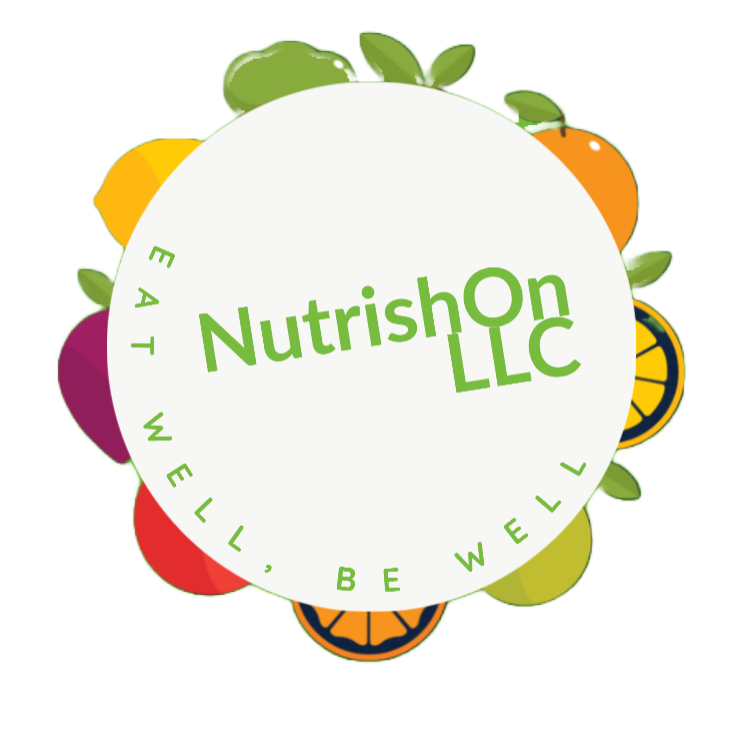4 Tips for Sustainable Eating in Earth Month
Happy Earth Month! Our planet is our ultimate resource and so many elements that are natural to it are not replenishable; because there are components to our planet which are non-renewable, we need to consider what we can do to live more sustainable lifestyles to preserve our beautiful for planet as long as we can.
According to the Environmental Protection Agency (EPA), the top contributors to green-house gas emissions in the United States (by economic sector) include: transportation, electricity production, industry, commercial/residential, agriculture, and land use and forestry. It is in our best interest to try to reduce our carbon footprint as much as possible for ourselves and for future generations wherever possible. Eating more sustainably goes hand-in-hand with eating a more healthy, balanced lifestyle—so eating more sustainably is a win-win for our bodies and for the planet.
What we can do:
1.) First of all, one of the easiest things you can do to eat more sustainably is to…eat mindfully. Mindful eating is one of my favorite concepts to share with my patients as a registered dietitian nutritionist (RDN). Mindful eating requires you to be more present with your senses during mealtime; what are you feeling while you eat? What does your food smell/taste/look like? Take time to chew your food and engage with your meal; your brain will not register you are beginning to feel full for at least 20 minutes as that is the amount of time it will take for your hunger/fullness hormones to make their way through your body. Pause midway through your meal to see how you are feeling; are you beginning to feel full? could you eat more without feeling too full? Eating mindfully will allow you to eat what feels comfortable for your body and reduce food waste as you can always put away leftovers to eat at another time if you begin to feel full before all your food is gone. Re-using leftovers is also an environmentally friendly practice; when you can, perhaps bring dinner leftovers to work the following day (this is also extremely budget friendly and saves you time on meal prep).
2.) We can also eat more sustainably by prioritize eating more plant-based foods. And no, I’m not saying become a vegetarian (though I do send out big virtual kudos to those who do); I’m saying figure out ways to incorporate more plants into your day-to-day routine. As part of a balanced, healthful diet, the United States Department of Agriculture (USDA) recommends filling half of your plate with fruits and vegetables. Not great at getting in your fruits and vegetables? Start small. Add one new fruit/vegetable to your daily routine per week. You can also always use scraps from produce to make new foods; i.e. using frozen carrot peels and onion skins to make veggie stock.
Sustainability bonus if you are able to pick fruits or vegetables that are in season. Whole grains are also plant-based foods; the USDA recommends making half of the grains you eat daily whole grain options. This is as simple as switching out your white sandwich bread with a whole grain or whole wheat alternative or your pasta with a whole grain pasta option. Increasing your consumption of plant-based foods can help reduce the consumption of freshwater which would be used for raising livestock. Another big sustainable bonus would be if you are able to purchase produce which is locally grown and harvested. This also goes for purchasing other local goods as well. The more items you are able to purchase that are local, the less the environmental burden from transporting these goods.
If you are able to, another great way of reducing your foods’ environmental impact is to grown your own produce! This can be a fun, enriching activity for the whole family and it can provide you with tasty, satisfying produce you’ve grown all on your own. You can even try growing your own produce from seeds of fruits and vegetables you have already purchased. Try to search online and see what fruits and vegetables grow optimally in your area and see if you can harvest the seeds from foods you already buy and prepare.
3.) Another practice which goes hand-in-hand with emphasizing plant-based foods is reducing your consumption of meats. Meat production is a significant contributor to green-house emissions. Raising and producing livestock requires food, water, land, and energy, in addition to physical transportation—all which come with a large environmental impact.
4.) An additional sustainable practice to engage in is taking stock of what foods you have in your refrigerator/pantry/cabinet before you go to the grocery store; this prevents you from purchasing products you already have, as well as reduce waste as you will not purchase more than you need or have to waste products which expire before you are able to use them. In this same vein, it is good practice to use your freezer to extend the life of products you are comfortable with freezing and reheating; this includes both fruits/vegetables and protein foods.
Which of these sustainable practices have you tried? Which of these sustainable practices will you try?
